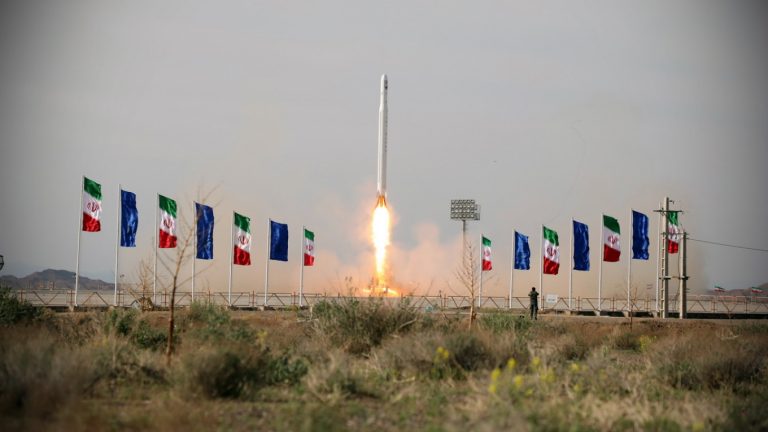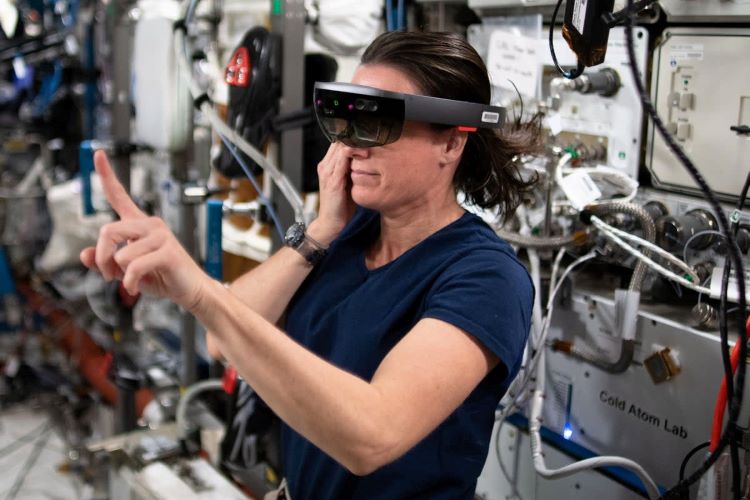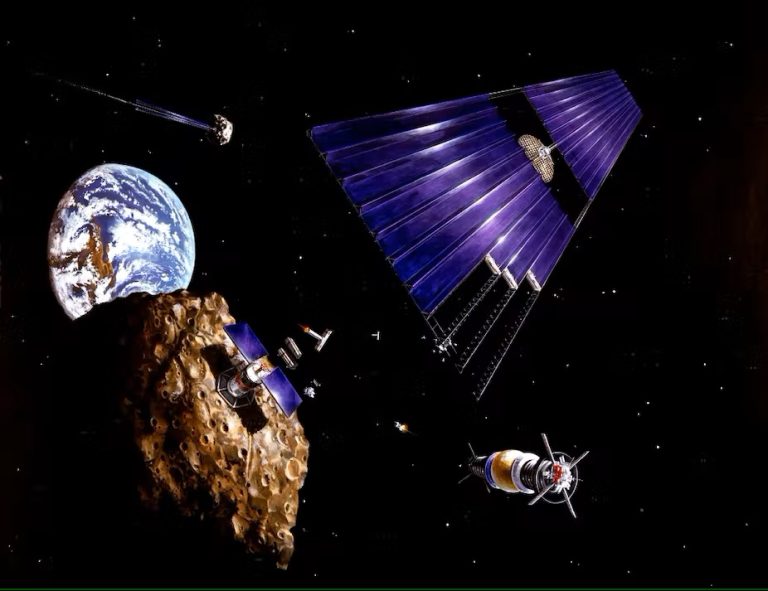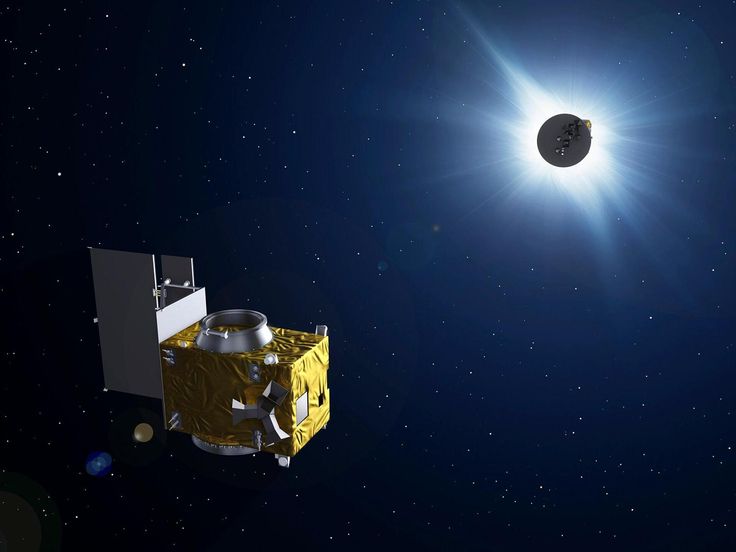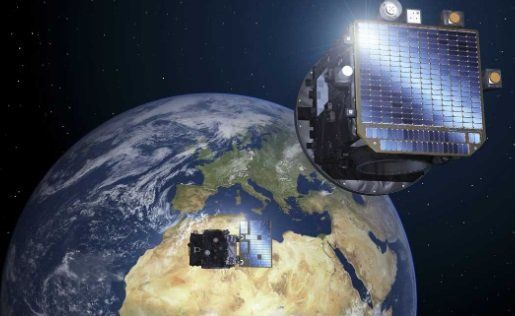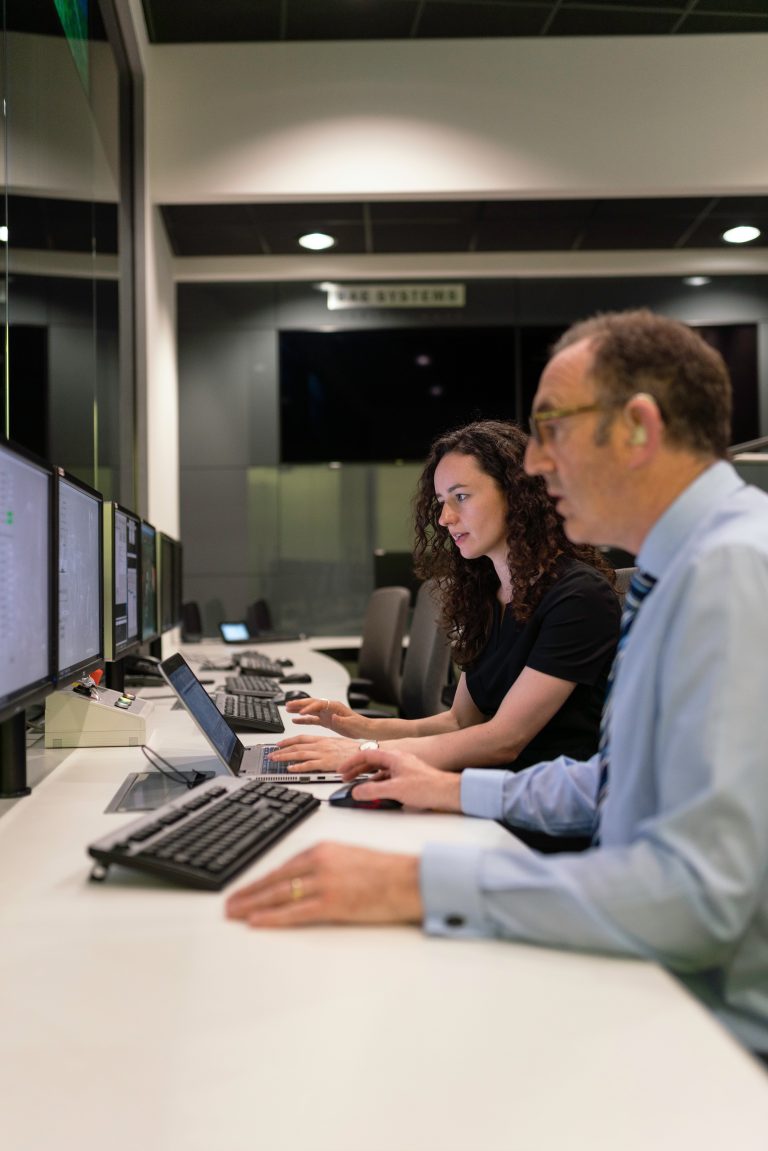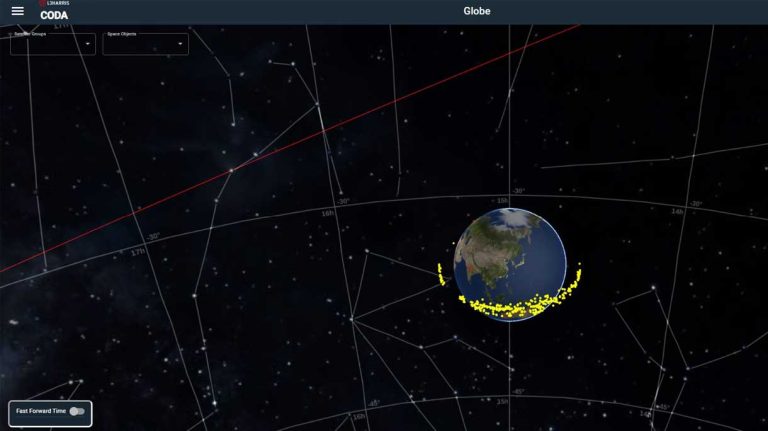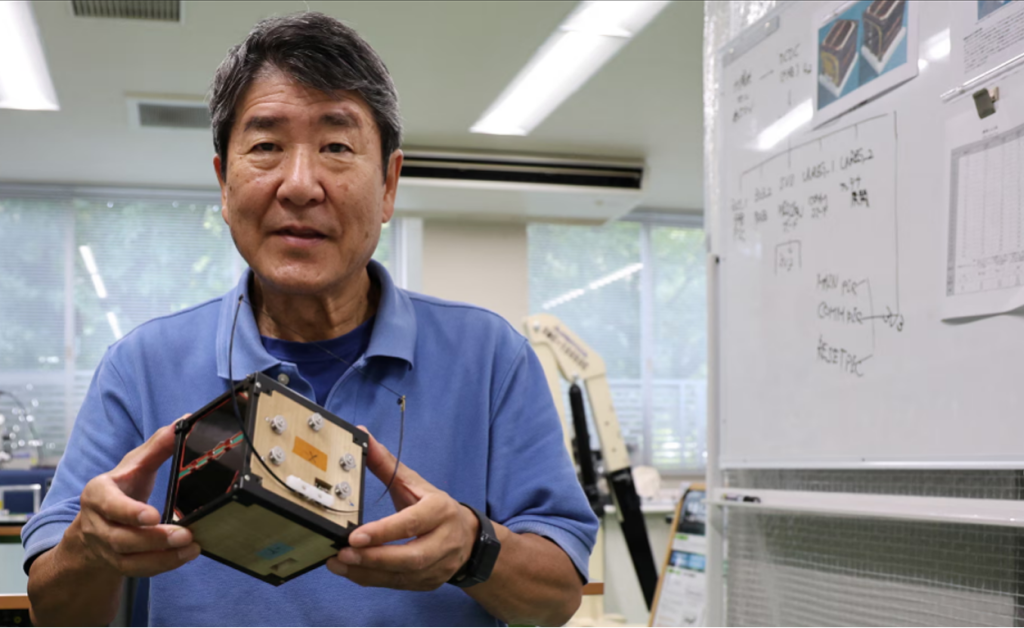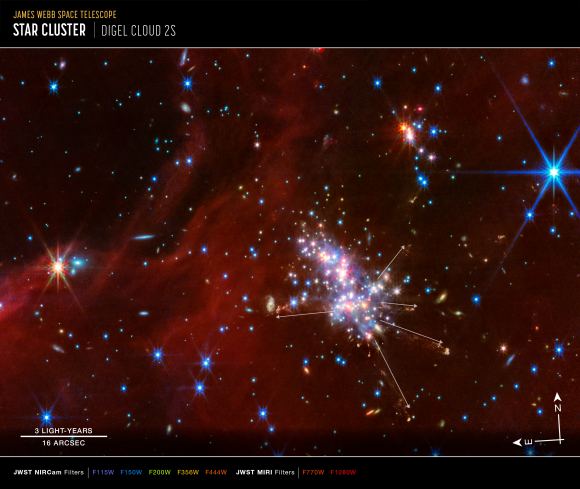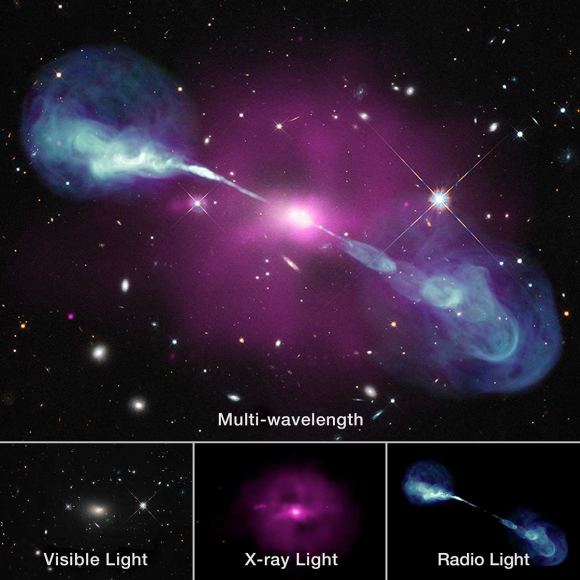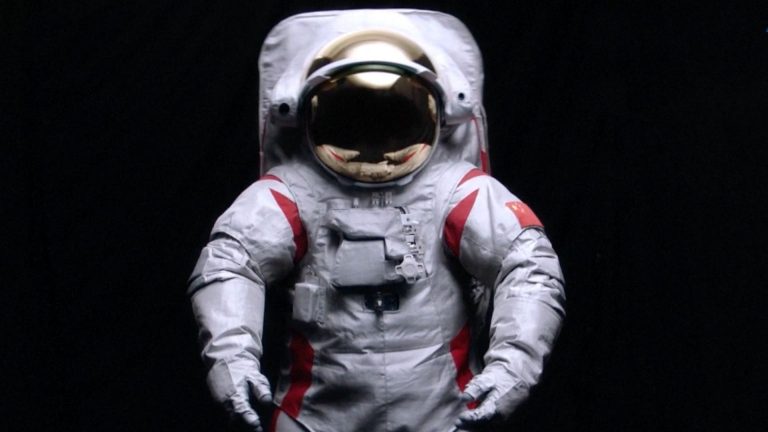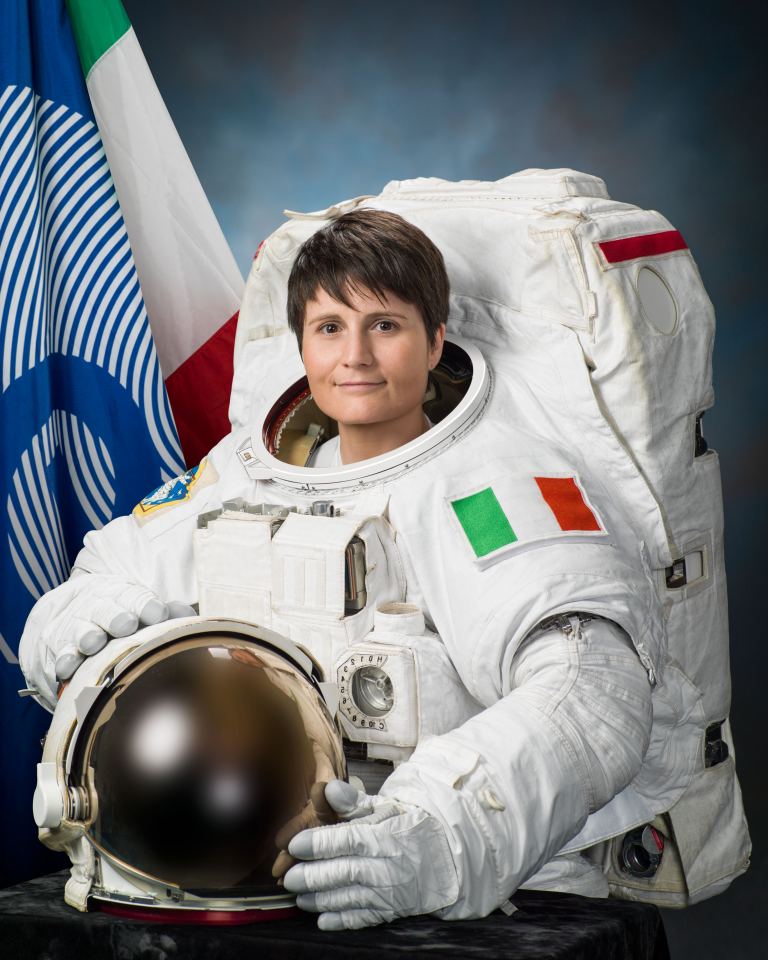Iran’s Heaviest Locally-Built Satellite Reaches Orbit
Iran has achieved a historic milestone by launching its heaviest locally-built satellite into orbit, showcasing its technological advancements and self-reliance in space exploration. The success marks a significant step in Iran’s ambition to strengthen its satellite capabilities amidst international sanctions and geopolitical tensions.
Summary
- Iran’s Simorgh carrier rocket successfully launched its heaviest payload to date, totaling 300 kilograms (661 pounds).
- The launch tested Iran’s domestically developed space technologies, demonstrating their capabilities for imaging missions and monitoring the electromagnetic spectrum.
- The mission deployed the Saman-1 transfer module and Fakhr-1 satellite into low Earth orbit (LEO).
- The Simorgh rocket, a three-stage liquid-fueled system, is central to Iran’s growing space capabilities.
- The Fakhr-1 satellite includes advanced features like positioning, navigation, and telemetry transmission.
- Iran has now launched seven satellites into orbit, becoming one of nine nations globally capable of launching satellites with domestic rockets.
- The Imam Khomeini Space Center, located in Semnan Province, serves as Iran’s primary launch site.
- Iran faces international sanctions but continues to prioritize advancements in defense and space technologies.
- The country has announced a 200% defense budget increase, strengthening its deterrence and self-reliance strategies.
- Despite sanctions, Iran has expanded domestic production in multiple sectors, including space, military, and medical supplies.
- The Saman-1 orbital transfer vehicle is a critical innovation, moving satellites between orbital levels efficiently.
- This launch underlines Iran’s resilience and commitment to progressing in high-stakes technologies under challenging conditions.
- The Fakhr-1 satellite successfully transmitted telemetry data to ground stations in Iran.
- Iran’s defense and space advancements signify its goal to maintain regional influence amidst escalating tensions.
- This mission builds on Iran’s previous successes, emphasizing its position as a rising space power.
Introduction
Iran recently marked a significant achievement in its space exploration efforts, successfully launching its heaviest payload yet. The mission saw the deployment of the Simorgh carrier rocket, the Saman-1 transfer module, and the Fakhr-1 satellite, further solidifying Iran’s status as a spacefaring nation. Despite international sanctions and geopolitical challenges, this milestone reflects Tehran’s resilience and determination to advance its technological and strategic objectives.
The Simorgh rocket, at the heart of this mission, is a three-stage liquid-fueled system capable of launching payloads into low Earth orbit (LEO). Weighing 87 tons and standing 27 meters tall, the rocket exemplifies Iran’s technical ingenuity. Its first stage is powered by four engines, collectively generating a thrust of 159,000 kilograms. This enables efficient payload delivery, making the Simorgh pivotal for Iran’s growing satellite program.
| Feature | Specification |
|---|---|
| Weight | 87 tons |
| Height | 27 meters (88.6 feet) |
| Diameter | 2.5 meters (8.2 feet) |
| Engine Thrust | 159,000 kilograms |
| Fuel Type | Liquid |
A key innovation in this mission is the Saman-1 orbital transfer vehicle. This vehicle is designed to move satellites between different orbits. This technology plays a crucial role in helping satellites reach their final destinations. It also extends the satellites’ functionality and lifespan. The success of Saman-1 shows Iran’s progress in developing advanced space systems. These systems are essential for future missions that need complex orbital movements.
Fakhr-1 Satellite: A Technological Milestone
The Fakhr-1 satellite represents a significant leap in Iran’s satellite capabilities. It is equipped with cutting-edge subsystems, including:
- A central computer for onboard data processing.
- Advanced power and energy management systems.
- Radio communication systems for telemetry and command.
- Positioning and navigation systems for precise orbital operations.
- An attitude control system for stability and orientation.
After separation from the carrier rocket, Fakhr-1 successfully transmitted telemetry data to ground stations in Iran. This achievement reflects the growing sophistication of Iran’s satellite engineering.
| Subsystem | Function |
|---|---|
| Central Computer | Onboard data processing |
| Power Management | Energy distribution and regulation |
| Radio Communication | Telemetry and command transmission |
| Positioning & Navigation | Orbital operations |
| Attitude Control | Satellite stability and orientation |
Iran’s satellite launch is important for reasons beyond just technology. The country is under international sanctions. These sanctions restrict Iran’s access to technology and resources from other countries. Despite this, Iran has focused on developing its own systems. This helps Iran keep its influence in the region and support its strategy of deterrence, which means discouraging aggression by showing strength.
Iran has increased its defense budget by 200%. This shows its strong commitment to national security and independence. Iran has also successfully launched satellites, such as Fakhr-1. This success proves that Iran can handle outside challenges. It also shows Iran’s ability to stay competitive in space and defense technologies.
Fun Facts
- The Simorgh rocket’s name means “Phoenix” in Persian mythology, symbolizing rebirth and resilience.
- Iran’s space program dates back to 2009, when it launched its first satellite, Omid (Hope).
- The Imam Khomeini Space Center, Iran’s primary launch site, spans over 80,000 hectares.
- Iran’s space program has led to advancements in weather forecasting, agriculture, and natural disaster management.
- The Fakhr-1 satellite is part of a broader effort to develop a constellation of satellites for diverse applications.
References
- Ahmad Hosseini Mounes told state broadcaster Press TV

